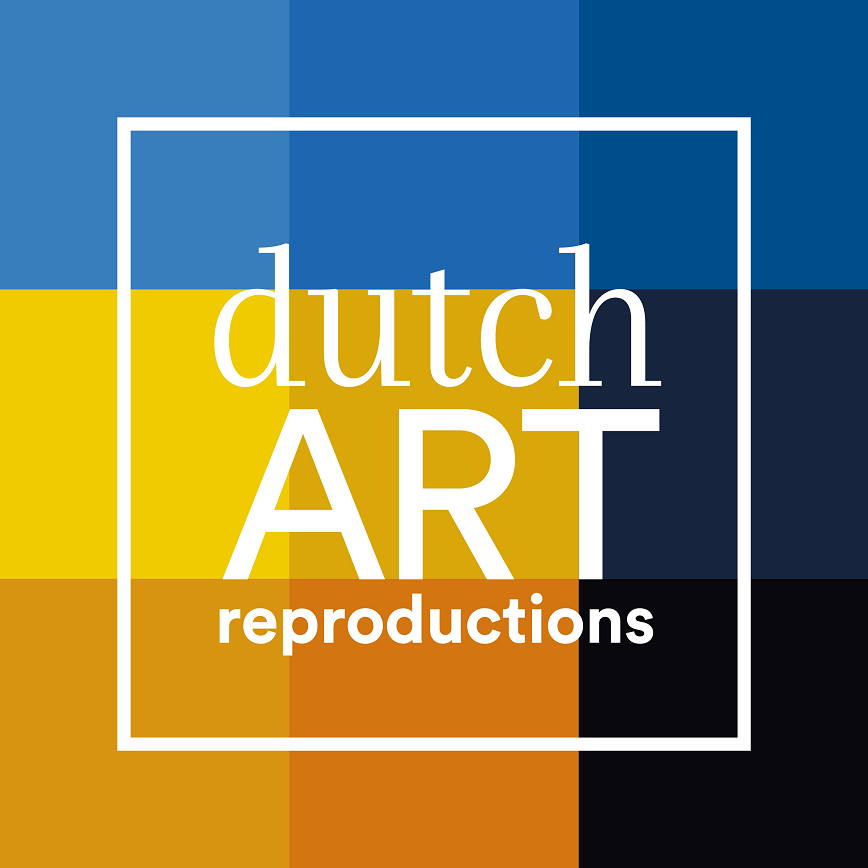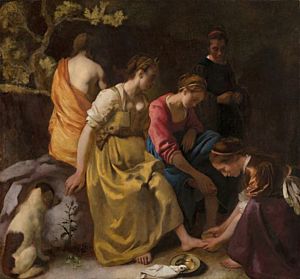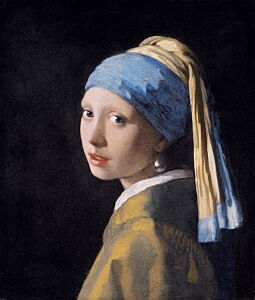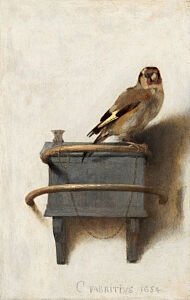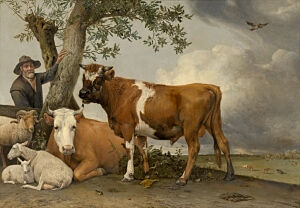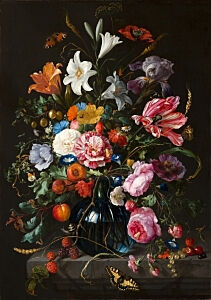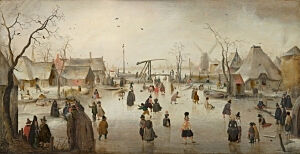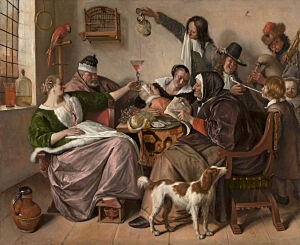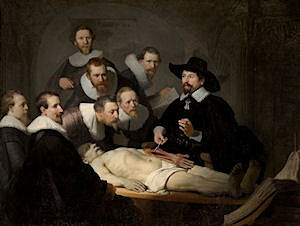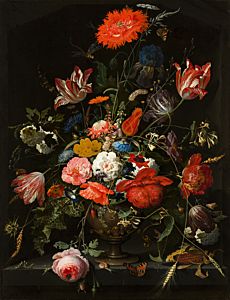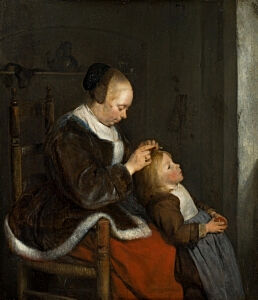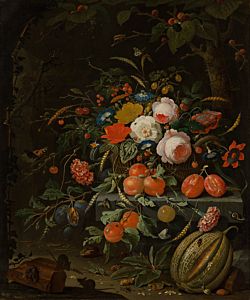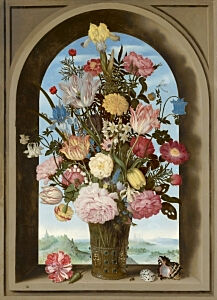We use cookies to make your experience better. To comply with the new e-Privacy directive, we need to ask for your consent to set the cookies. Learn more.
The Mauritshuis
The Mauritshuis (officially Royal Cabinet of Paintings Mauritshuis) has been a museum in The Hague since 1822, mainly with paintings from the Golden Age. The permanent collection includes The Girl with the Pearl and View of Delft by Johannes Vermeer, 'Soo voer gesongen, soo na gepepen’ of Jan Steen, The bull of Paulus Potter and The anatomical lesson of Dr. Nicolaes Tulip by Rembrandt van Rijn.
The Mauritshuis is originally a city palace, built for Johan Maurits, Count of Nassau-Siegen in the 17th century. The architecture of the building, designed by the painter architect Jacob van Campen, has been followed many times. The building on the Hofvijver is owned by the Dutch state and belongs to the 'Top 100 of the National Institute for Monument care' from 1990. More than two hundred masterpieces by Dutch and Flemish masters have their place in the classic interior of the Mauritshuis. The silk walls, sparkling chandeliers and monumental ceiling paintings exude a pleasant atmosphere.
Interiors by Jan Steen, landscapes by Ruysdael, still life’s by Coorte and portraits by Rubens give a rich and varied image of paintings from the seventeenth century. In June 2014, after a major renovation, the Mauritshuis opened a new museum wing in Art-Deco architecture. The ‘old house’ is now connected via an underground corridor with a new entrance and museum shop.
